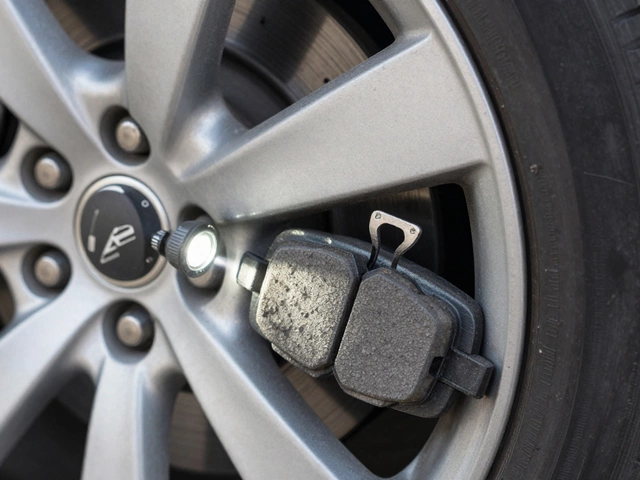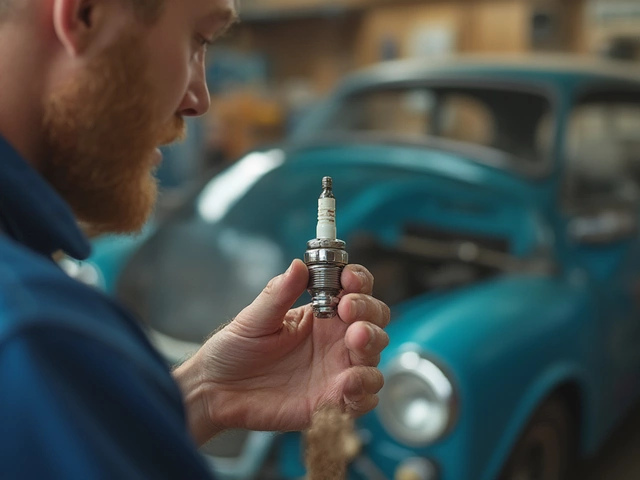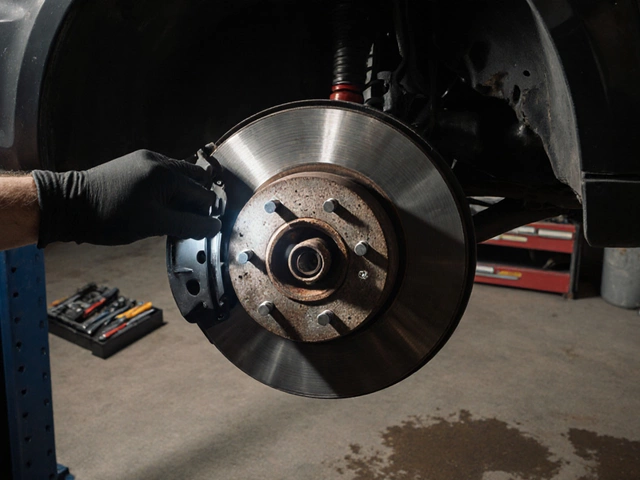Windshield Wiper Lifespan: What to Expect and When to Replace
If you’ve ever wondered whether your wiper blades are still good enough, you’re not alone. Most drivers think a blade will last forever, but the truth is they wear out fast enough to affect visibility. Knowing the typical lifespan and the factors that speed up wear can save you from a blurry windshield and an unexpected MOT fail.
Factors That Affect Wiper Life
Weather is the biggest culprit. In rainy or snowy regions the blades flex and stretch every day, which shortens their rubber edge. UV exposure in sunny climates also cracks the rubber and dries out the frame. Even if you live in a mild area, occasional hail or debris can nick the blade and start a chain reaction of wear.
How often you use them matters, too. Drivers who hit the road daily in the rain will see their blades wear out in 6‑12 months, whereas occasional users might stretch a set to 18‑24 months. The type of rubber matters as well—premium silicone‑filled blades resist cracking longer than cheap natural‑rubber ones.
Installation quality counts. If the blade isn’t the exact size for your car, it can scrape the windshield, creating uneven wear. A loose mounting can cause the blade to skip, leaving streaks that hide damage until it’s too late.
Signs It’s Time for New Blades
The most obvious sign is streaking. If you see white lines or missed spots even when the wipers move smoothly, the rubber edge is likely worn. Listen for squeaking or chattering—those noises mean the blade isn’t making proper contact.
\nCheck the rubber visually. Cracks, splits, or a hard, brittle feel are tell‑tale signs it’s done. Also, if the blade leaves a hazy film that won’t wipe away, it’s time to replace. Don’t ignore a single blade; usually both sides wear at a similar rate, so swapping one and leaving the other can lead to uneven cleaning.
For safety and MOT compliance in the UK, the rear windscreen wiper (if fitted) also needs a functioning blade. Removing it entirely is illegal and can cause a failed MOT, so keep it in good shape.
When you decide to replace, choose the right size. Measure the old blade or look up your car model online to avoid buying the wrong length. Many drivers opt to replace both blades at once because the cost difference is negligible and the result is balanced wiping.
Maintenance can stretch the life a bit. Keep the windshield clean, use a proper washer fluid, and run the wipers for a few seconds after a wash to clear any residue. In winter, consider a protective coating on the rubber to guard against salt and sand.
Bottom line: expect standard rubber blades to last 6‑12 months in heavy rain, up to 24 months in lighter use. Keep an eye on streaks, squeaks, and visual wear, and replace both blades together for even performance. Regular checks keep you safe, keep your MOT happy, and save you from a sudden rainy‑day surprise.
 29 May 2025
29 May 2025
Windshield Wiper Lifespan: How Long Do They Really Last?
Wondering how long windshield wipers actually last? This article breaks down what affects their lifespan, key signs it’s time to swap them out, and real tips to get more out of your wipers. You'll find out about what damages them fastest and ways to keep your windshield clear and streak-free. Perfect for anyone who wants to avoid getting caught in the rain with useless wipers.
Latest Posts
-

How to Determine if Your Suspension Needs Replacing
-

How to Tell if Brake Pads Are Worn: 5 Clear Signs You Need New Ones
-

How to Know When Spark Plugs Need Replacement: Signs, Symptoms, and Pro Tips
-

Understanding the Risks of Driving with Low Engine Oil
-

Can You Replace Just One Set of Brake Pads? Here's What Mechanics Really Say

0